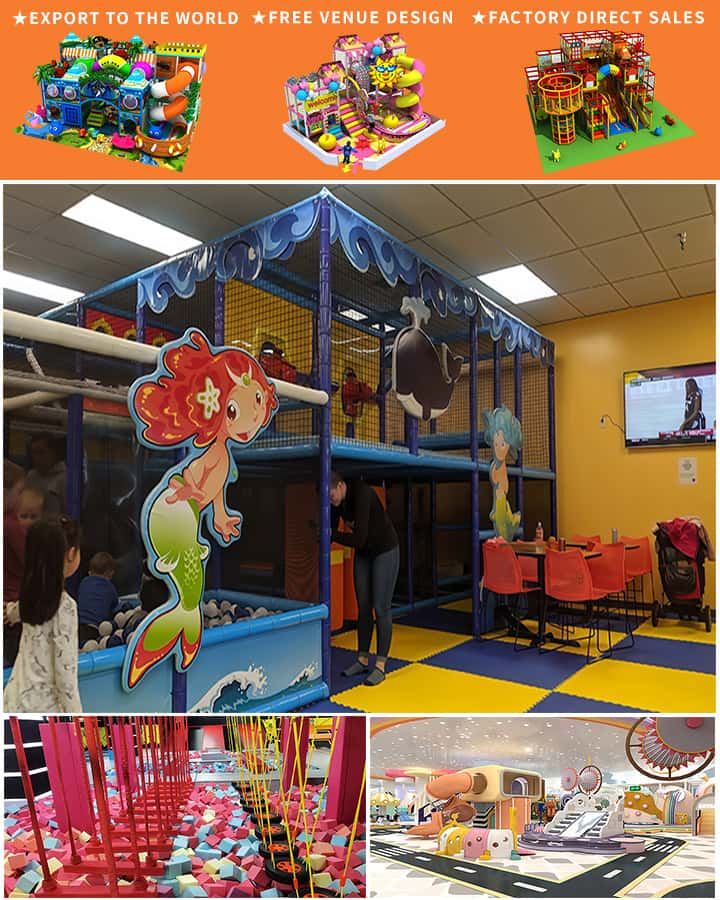In today’s fast-paced world, finding safe and engaging activities for children can be a challenging task for parents. An indoor playground offers an excellent solution, providing a fun, safe environment where kids can expend their energy, socialize, and develop important physical skills regardless of the weather outside. If you are considering creating or investing in an indoor playground for children, this guide will provide you with essential tips to ensure it becomes a favorite hangout spot for little ones and their families.
Benefits of Indoor Playgrounds
Indoor playgrounds are not just about fun; they offer numerous benefits for children’s physical and mental development. These spaces encourage active play, which is crucial for developing motor skills, coordination, balance, and overall fitness. Moreover, indoor playgrounds often feature various interactive elements that stimulate creativity and cognitive development. By playing with other children, kids also learn valuable social skills such as teamwork, sharing, and communication.

Key Elements of a Successful Indoor Playground
Safety First: Safety should always be your top priority when designing an indoor playground. Ensure that all equipment is age-appropriate, well-maintained, and meets safety standards. The flooring should be made of soft materials like rubber mats or foam to cushion falls. Additionally, have clear emergency procedures in place and ensure the area is adequately staffed to supervise the children at all times.
Variety of Equipment: A diverse range of play structures keeps children engaged and caters to different age groups and interests. Consider including climbing walls, slides, ball pits, trampolines, obstacle courses, and interactive games. This variety ensures that kids have plenty of options to explore, keeping them entertained for hours on end.
Engaging Design: The aesthetic appeal of an indoor playground significantly impacts its popularity. Use vibrant colors, themes (such as jungles, pirate ships, or space adventures), and decorations to create an immersive experience. Incorporating educational elements, like numbers, letters, and shapes, into the design can make learning fun and seamless.
Parental Comfort: While the primary users are children, parents’ comfort and convenience also play a vital role. Include comfortable seating areas where parents can relax while keeping an eye on their kids. Offering amenities such as Wi-Fi, refreshments, and clean restrooms can enhance the overall experience for the entire family.
Flexibility and Adaptability: To cater to different needs and occasions, consider designing versatile spaces that can accommodate birthday parties, group events, or even educational workshops. Flexibility in your offerings can increase footfall and make your indoor playground a community hub.
Conclusion
An indoor playground for children is more than just a recreational space; it’s a place where kids can grow, learn, and have fun in a safe environment. By focusing on safety, variety, engaging design, parental comfort, and flexibility, you can create an indoor playground that stands out as a premier destination for families. Remember, the key to success lies in understanding the needs of both children and their parents, ensuring that every visit is filled with joy, laughter, and unforgettable memories.




